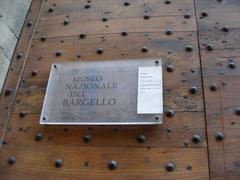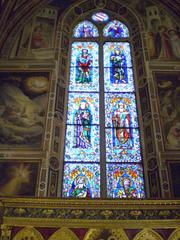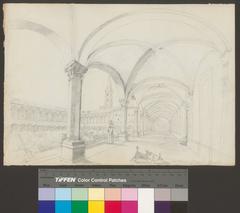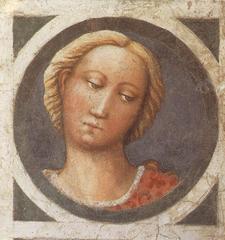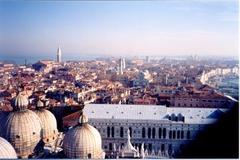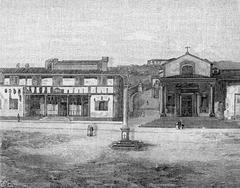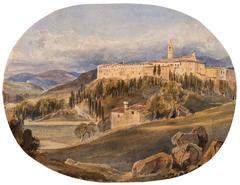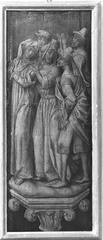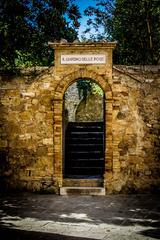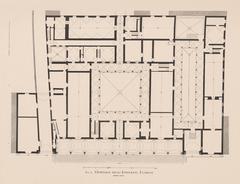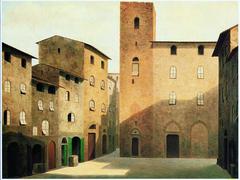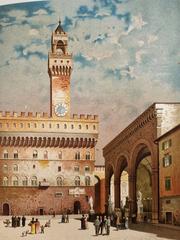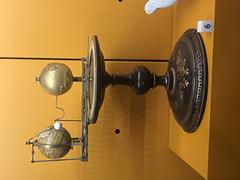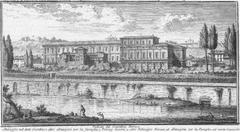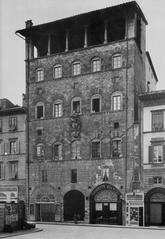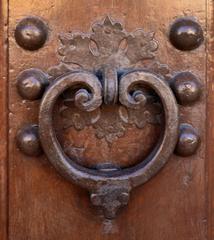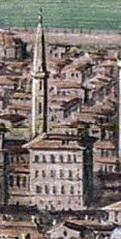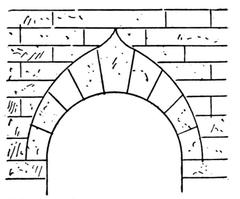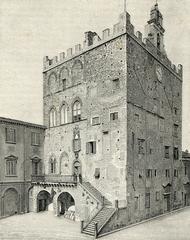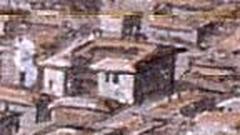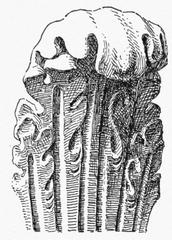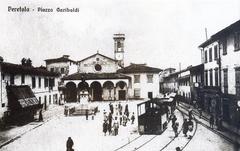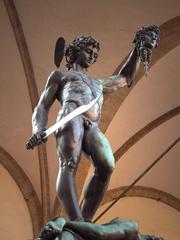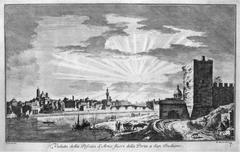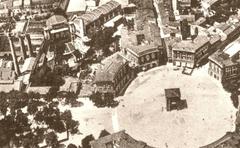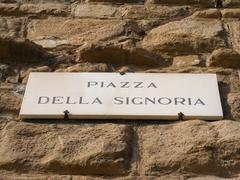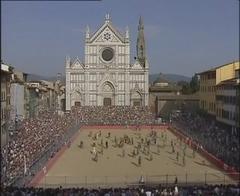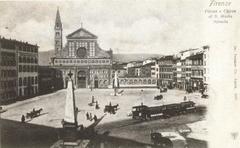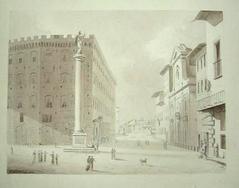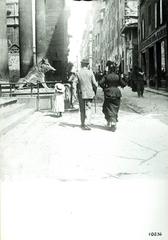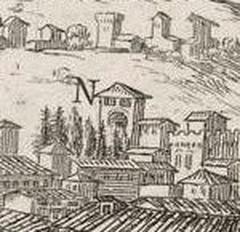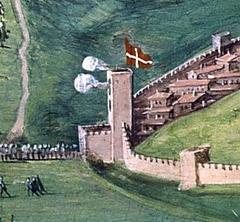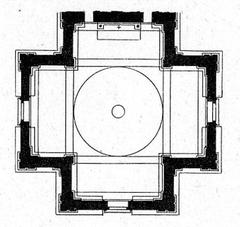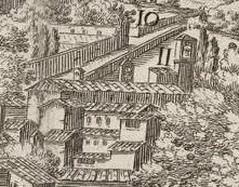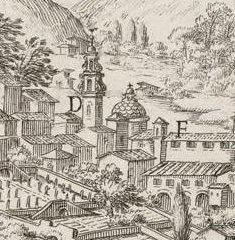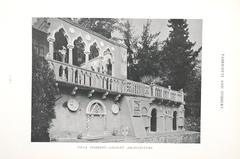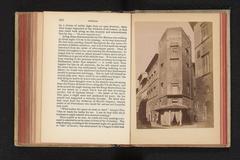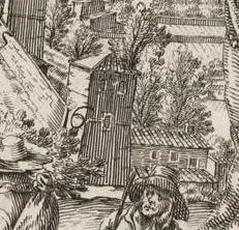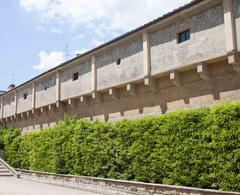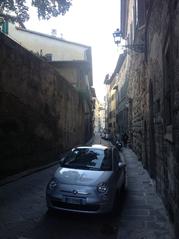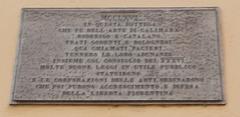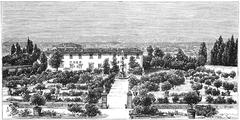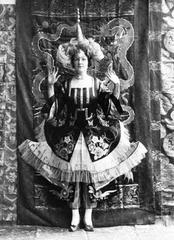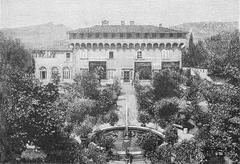Comprehensive Guide to Visiting Michelangelo’s David in Florence, Italy
Date: 17/07/2024
Introduction
Michelangelo’s David stands as a monumental masterpiece of Renaissance art, captivating millions of visitors each year with its intricate detail and profound symbolism. Created between 1501 and 1504, this 17-foot-tall sculpture depicts the biblical hero David in a poised and contemplative stance before his battle with Goliath. Originally intended for the Florence Cathedral, David was instead placed in the political heart of Florence, the Piazza della Signoria, before being moved to its current location at the Galleria dell’Accademia in 1873 (Accademia Gallery). The statue showcases Michelangelo’s unparalleled skill in rendering the human form and embodies the values of strength, beauty, and civic pride that resonate deeply with the Florentine spirit (Uffizi Galleries). This guide offers a comprehensive overview of visiting Michelangelo’s David, including practical information on visiting hours, ticketing, nearby attractions, and travel tips, ensuring that your experience is both enriching and unforgettable.
Table of Contents
- Introduction
- History of David
- Cultural Significance
- Visitor Information
- Nearby Attractions and Travel Tips
- FAQs
- Conclusion
History of David
Commission and Conception
The story of Michelangelo’s David begins in 1501 when the Opera del Duomo, the committee responsible for the maintenance and decoration of the Florence Cathedral, decided to commission a statue of David. The block of marble used for David had been quarried in Carrara and partially worked on by two other sculptors, Agostino di Duccio and Antonio Rossellino, before Michelangelo took over the project. The marble block had been abandoned for 25 years, earning the nickname “The Giant.” When Michelangelo was commissioned, he saw the potential in the neglected marble and transformed it into a symbol of strength and youthful beauty.
Creation and Unveiling
Michelangelo worked on David from 1501 to 1504, and the statue was unveiled on September 8, 1504. Standing at 17 feet tall, David depicts the biblical hero who defeated Goliath, symbolizing the defense of civil liberties in the Republic of Florence. The statue originally stood in the Piazza della Signoria but was moved to the Galleria dell’Accademia in 1873 to protect it from damage.
Cultural Significance
David is more than just a remarkable example of Renaissance art; it embodies the ideals of beauty, strength, and human potential. The statue’s anatomy is meticulously detailed, showcasing Michelangelo’s deep understanding of the human form. David’s intense expression and poised stance reflect the tension and anticipation before his battle with Goliath, making it a timeless symbol of courage and determination (Khan Academy).
Visitor Information
Visiting Hours
The Galleria dell’Accademia, where Michelangelo’s David is housed, is open from Tuesday to Sunday, 8:15 AM to 6:50 PM. It is closed on Mondays, January 1, and December 25. It is advisable to check the official website for any changes in visiting hours or special closures.
Tickets
Tickets to see Michelangelo’s David can be purchased online or at the museum. Prices vary, with discounts available for students, seniors, and children. It is highly recommended to book tickets in advance to avoid long queues, especially during peak tourist seasons. Guided tours are also available for those who wish to gain deeper insights into the statue’s history and significance.
Accessibility
The Galleria dell’Accademia is accessible to visitors with disabilities. The museum provides ramps and elevators, and wheelchairs are available upon request. It is advisable to contact the museum in advance to ensure all necessary accommodations are arranged.
Nearby Attractions and Travel Tips
Florence is brimming with historical sites and attractions. After visiting David, consider exploring the nearby Uffizi Gallery, the Florence Cathedral, and the Ponte Vecchio. The city is best navigated on foot, allowing visitors to fully appreciate its architectural beauty and vibrant atmosphere. For those planning an extended stay, Florence offers a variety of accommodations ranging from luxury hotels to cozy bed and breakfasts.
FAQs
Q: Can I take photos of Michelangelo’s David? A: Photography is allowed in the Galleria dell’Accademia, but flash and tripods are prohibited.
Q: How long does a visit to the Galleria dell’Accademia usually take? A: A typical visit lasts about 1 to 1.5 hours, but this can vary depending on the visitor’s interest in the exhibits.
Q: Are there any special events or exhibitions related to Michelangelo’s David? A: The museum occasionally hosts special exhibitions and events. Check the official website for the latest information.
Conclusion
Michelangelo’s David is a must-see for anyone visiting Florence. Its historical significance, artistic mastery, and sheer beauty make it an unforgettable experience. Plan your visit well in advance, and take the time to explore the many other treasures that Florence has to offer. Stay up-to-date with the latest information by following the museum’s official website and social media channels. Embrace the opportunity to witness one of the world’s most iconic sculptures and let the timeless beauty of Michelangelo’s David leave an indelible mark on your travels (Florence Inferno).
References
- Exploring Michelangelo’s David - History, Visiting Hours, Tickets, and More. (n.d.). Retrieved from Florence Inferno
- Visiting Michelangelo’s David - History, Tickets, and Tips for Florence’s Iconic Statue. (n.d.). Retrieved from Uffizi Galleries
- Complete Guide to Visiting Michelangelo’s David in Florence - Hours, Tickets, and Tips. (n.d.). Retrieved from Accademia Gallery
